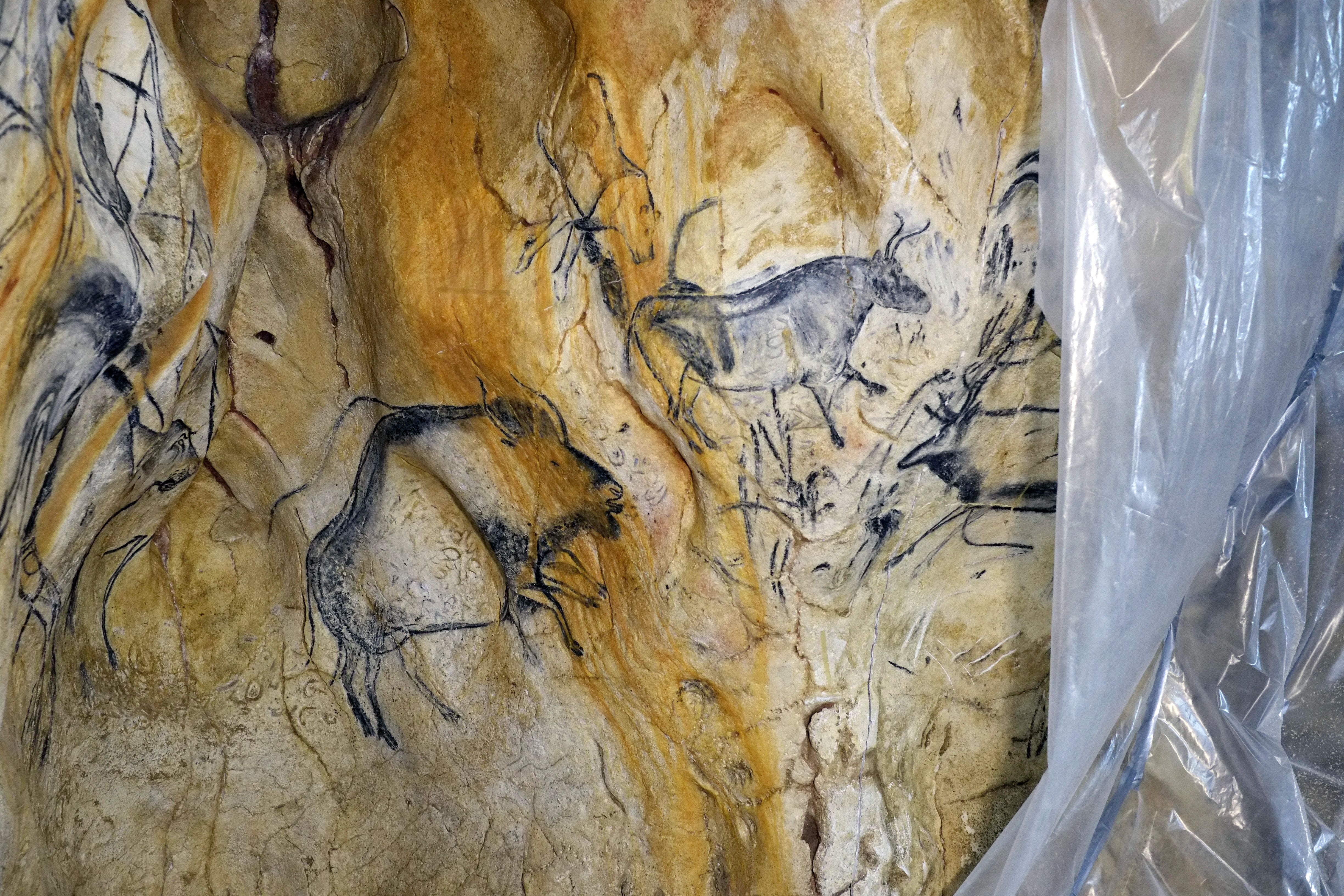
Autistic humans may have been some of the world’s earliest artists. In a paper published in British academic journal Open Archaeology, scientists have identified a link between 33,000-year-old cave drawings, autism, and the survival of pre-historic humans during the Ice Age.
According to medical researcher Barry Wright and archaeologist Penny Spikins, the wintery conditions of the Ice Age contributed to the natural selection of individuals on the autism spectrum. The pair’s paper posits that autistic humans’ ability to concentrate on complex tasks for long periods of time helped them memorize their surroundings and recognize elaborate patterns—both essential skills for finding food.
“We suspect that the early development of inherited autism was in part an evolutionary response to ultra-harsh climatic conditions at the height of the last Ice Age,” Spikins told the Independent, “Without the development of autism-related abilities in some people, it is conceivable that humans would not have been able to survive in a freezing environment in which finding food required enhanced skills,” she said.
The evolution of these skills in early humans, Spikins says, is the same skill set that contributed to the production of the first realistic artworks, found in France and Spain at sites like Chauvet, Lascaux, and Altamira. Early humans honed these skills by drawing. “Detail focus is what determines whether you can draw realistically; you need it in order to be a talented realistic artist. This trait is found very commonly in people with autism and rarely occurs in people without it,” she explained.
In a conclusion that will surely spark further discussion, the paper also suggests that artistic creativity in humans may not be a cultural phenomenon as previously thought, but rather an evolutionary development. Scholars will now test the findings—researching other aspects of early cultural customs, including technology, rituals, and non-visual art—to determine if this behavior was also a consequence of evolutionary development.